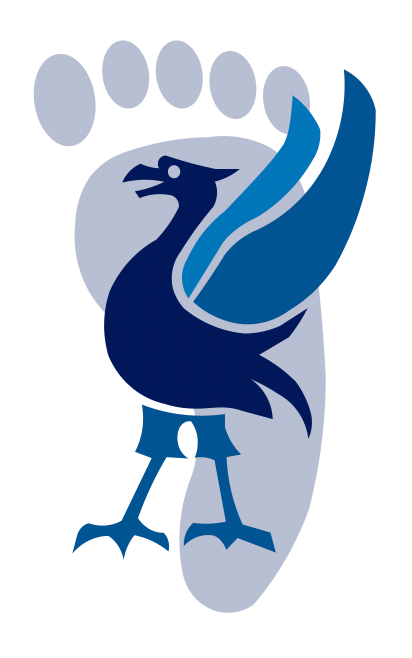
Prof Mason
Liverpool Foot and Ankle Clinic
To book an appointment, either email or phone the number below or click the link.
E-mail: CVDWclerical@outlook.com
Contact Patient Liaison: 07717580737
Books and Book Chapters
List of Services
-
eBook - Trauma and Injury Handbook for Orthopaedic ExamsList Item 1
The use of orthopaedic classifications as a means of testing the academic ability of trainees has been a common if not ever present factor in every teaching or trauma meeting throughout the UK. The initial consideration for this book arose following regular debates of such classification origins, basics and even false representations. A number of classifications have evolved over the years like classic Chinese whispers, with a number of modifications replacing their original descriptions. Examples of theses include the regularly used Rockwood classification for ACJ dislocations, which is actually a modification of the Allman classification from 1967. However, the Allman classification for clavicle fractures, which originates from the same paper, is almost an endnote within the paper. The commonly referenced Weber classification of ankle fractures was initially described by Danis in 1949. Gartland’s classification of paediatric supracondylar fractures has had a number of modifications, most of which by Wilkins in his book ‘Fractures in children’. Confusingly, he changes his modifications from edition to edition, leading to many mistakes in published literature. These are only a few examples of this failure in referencing. I have attempted in all cases to return to the original papers, although in some cases this was impossible. In some cases (for example Seddon’s classification of nerve injuries) the authors have published their classifications in more than one journal. And in this instance I have given both examples if there are alterations in their description. I have intentionally not included the AO-OTA classifications within this book, as this is well described and copyrighted by the AO foundation. This can be found at their website https://www.aofoundation.org/Documents/mueller_ao_class.pdf.
For each injury I have taken topics of controversy and have attempted to provide the evidence in an unbiased manner wherever possible, for use in exam and testing situations. These topics have been specifically designed around common exam questions. Similarly, I have included in this book soft tissue injuries, not commonly seen in trauma classification books, as I feel it is equally important as osseous injury and just as common to be seen in our trauma clinics.
-
Operative techniques in Foot and Ankle Surgery (3rd Edition)List Item 2
Chapter 112 – Chronic Achilles Tendon Ruptures Using Allograft Reconstruction.
-
Essentials of Foot and Ankle SurgeryList Item 3
Talar Fractures chapter
-
SBAs for the FRCS (Tr&Orth) Examination: A Companion to Postgraduate Orthopaedics Candidate’s Guide. Cambridge. 2020List Item 4
Drawing chapter
-
Postgraduate Orthopaedics: Viva Guide for the FRCS (Tr&Orth) Examination (2nd Edition).
Chapter - Drawings for the FRCS (Tr&Orth)
-
DeLee, Drez and Miller's Orthopaedic Sports Medicine, 4th Edition
Conditions of the forefoot.
-
DeLee, Drez and Miller's Orthopaedic Sports Medicine, 4th Edition
Chapter - Lateral Ligament Reconstruction.
-
Foot and Ankle Surgery: Tricks of the Trade. Thieme. 2019
Chapter 10 – Scarf Osteotomy
-
Operative techniques in Foot and Ankle Surgery (2nd Edition)
Chapter 112 – Chronic Achilles Tendon Ruptures Using Allograft Reconstruction.
-
DeLee, Drez and Miller's Orthopaedic Sports Medicine, 3rd Edition
Chapter - conditions of the forefoot
-
Oxford Handbook of Post-Operative Complications. Oxford University Press: Oxford 2010.
Chapter 16 – Post-operative complications in orthopaedics.
Journal Publications
Prof Mason has over 100 peer review publications. A full list is available via the University of Liverpool website or RessearchGate.
National Reports
List of Services
-
BOFAS Registry Annual Report 2025
Annual registry report from BOFAS 2025
-
BOFAS Registry Annual Report 2023
BOFAS Registry Annual Report 2023.
-
BOFAS Registry National Report 2022
Annual report from the BOFAS Registry 2022
-
BOFAS Registry Annual Report 2021
Annual report from the BOFAS Registry 2021
-
BOFAS Registry Annual Report 2020
Annual report form the BOFAS Registry 2020
-
BOFAS Registry Annual Report 2019
Annual registry report from BOFAS 2019

